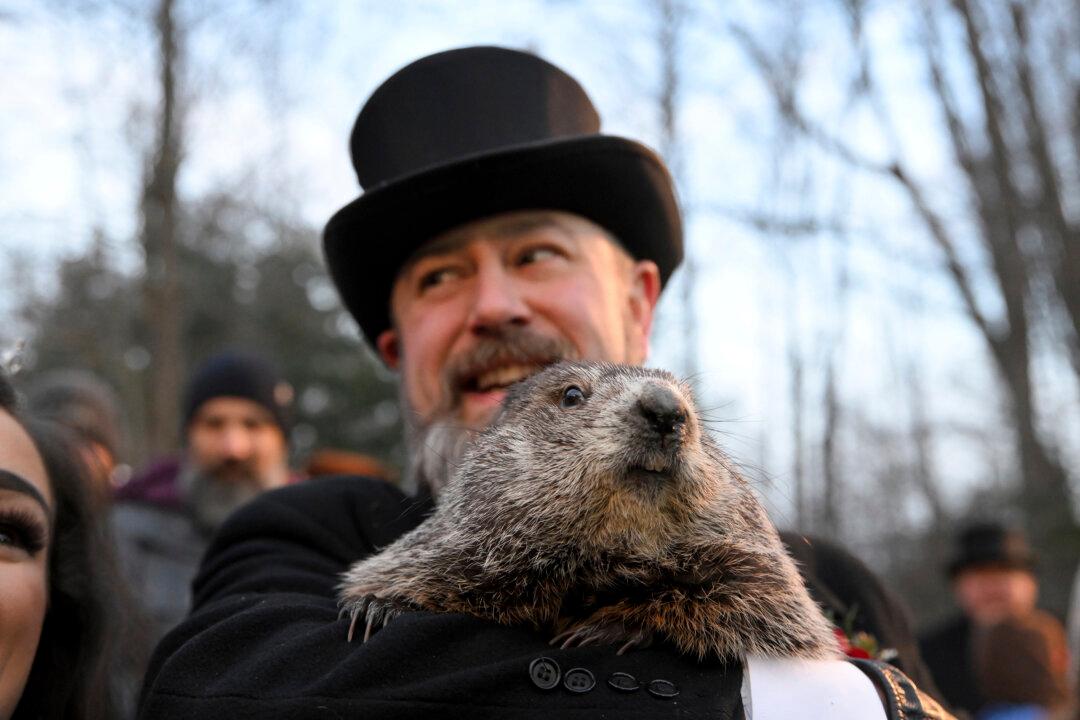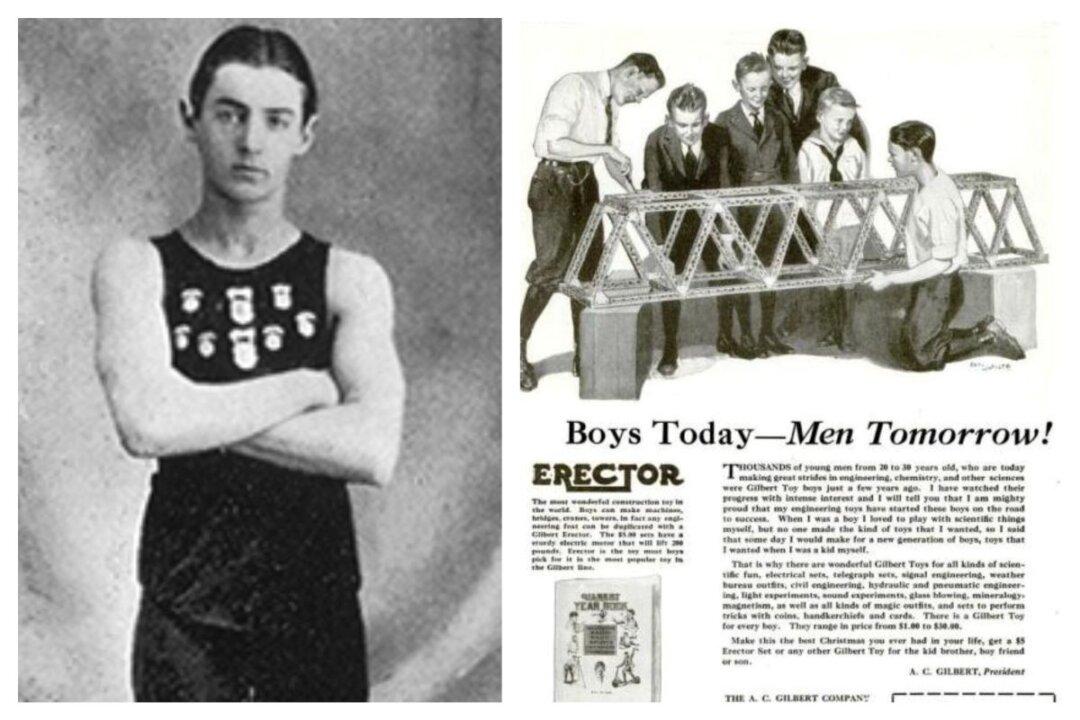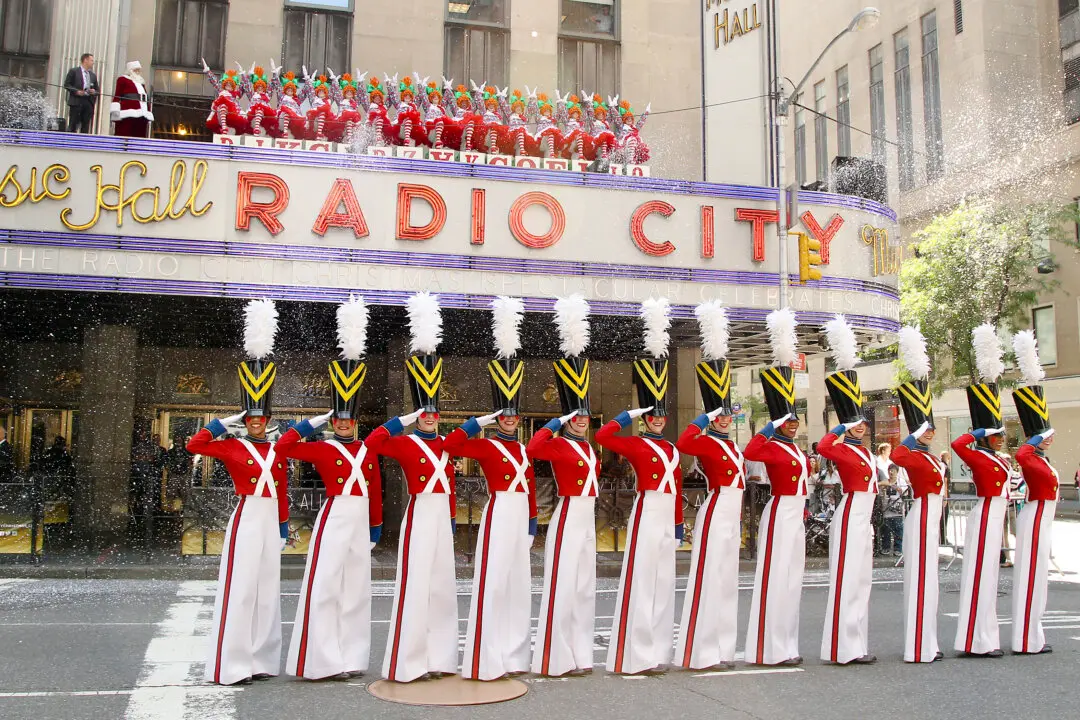When Clark Wilson began his newspaper, the Mahoning Register, in 1848, he did so to promote the idea of founding a new county with Punxsutawney as the county seat. The business venture did not last long. When his county-formation idea failed, he closed the publication. The town of Punxsutawney would have to wait until 1868 to have another newspaper.
Two newspapermen from the Brookville Republican came to Punxsutawney to start the Punxsutawney Plaindealer, a venture that would last until 1871 when they sold the paper. The new owners changed the name to Mahoning Argus. The Argus maintained its position as the town’s only newspaper, until the founding of Mahoning Valley Spirit in the summer of 1873 by Frank Smith, from Indiana. After six months, Smith sold the paper to William Hastings and G.M. Keck, both of whom had previously and briefly owned the Plaindealer. After three years, Hastings bought out Keck, changed the name of the publication, and, after a decade of hard work, turned the newspaper into a profitable business. The name of the paper has remained for nearly 150 years: The Punxsutawney Spirit.






